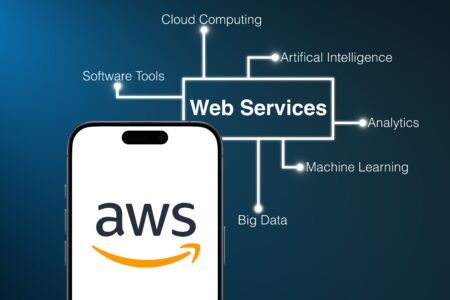Data scientists are often asked to deliver significant value to a business while also being held accountable for the results. A data science team doesn’t have the luxury to wait for weeks on IT support to provide the necessary resources to create proofs of concept or develop artificial intelligence models. Unfortunately, this happens way too often, which causes data science projects to be at odds with their IT department.
All of this creates a bad situation for everyone involved. Many IT departments will also follow a traditional approach to limiting system access, as a data scientist will most likely circumvent standard procedures to operate their workloads on the cloud. Ultimately, this creates a shadow IT that is expensive and risky for your business.
What is Shadow IT?
Shadow IT refers to a method that works around the central IT department due to inefficiencies in the system. However, this is always a risk for businesses due to the lack of oversight that arises when a user uses data and applications in the cloud without involving the IT department. Several groups within an organization will often buy cloud services on their own, which causes the business to lose out on potential large-volume discounts. Data-sharing opportunities are also missed due to each dataset residing in disconnected siloes.
A recent McAfee survey found that most organizations believe they use 30 cloud services, but in reality, the number averages out to 1,935. Shadow IT is the reason for such a disparity and this number will only continue to grow if left unchecked.
IT members need to avoid becoming a gatekeeper but instead focus on building a collaborative approach with a data scientist. However, this is not how things usually play out, which results in a lot of additional expenses for a business while also limiting productivity.
Differences Between Data Science and IT
Understanding what is data science is important in learning the differences between a data scientist and IT. The most simple data science definition is that it’s a field of study that combines statistics, programming skills, and domain expertise to extract meaningful data. The field of data science also exists in an ecosystem of open-source tools and hybrid IT cloud implementations.
How Data Scientists and IT Admins Can Work Together
Looking at ways for your IT organization to be a more effective advocate for your data scientists is essential in streamlining operations and making sure everyone is on the same page working together. Working as a team benefits everyone, and it’s always great for business.
Here are a few things to keep in mind to help your company shift into this new way of doing business.
Focus on Being a Consultant
One of the first steps in working with each other is to stop thinking of your team as a cost center. Instead, it’s important to think of yourself as a consultant that partners with data scientists for stronger business results. Embracing objectives from data scientists instead of solely focusing on managing expenses or corporate governance is a win-win situation for everyone.
Transform Shadow IT into Hybrid IT
Understanding why shadow IT is occurring is important in solving this problem. Being willing to adopt shadow IT practices can help you alter it to match the security and financial needs of your business. Your attitude towards shadow IT has much more to do with the information and impact you can have than gate controlling.
Always Be a Service-Driven IT Organization
Primarily focusing on customer service instead of gatekeeping is essential to any IT team in today’s work environment. Working with management to improve the key performance indicators (KPIs) for your business is critical in helping you evolve in the results-driven IT infrastructure of the near future.
Final Takeaways
Data scientists have many different obstacles in the workplace, but IT infrastructure shouldn’t be one of these challenges. The full support of the IT organization can help data scientists gain access to much-needed resources to accelerate data analytics while also developing and training machine learning models with standard corporate processes. IT leaders can also help your data scientists deliver business value while bypassing shadow IT that can put data at risk and increase your overall expenses.






